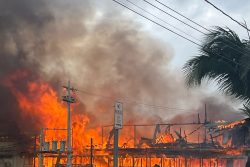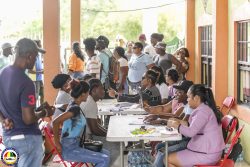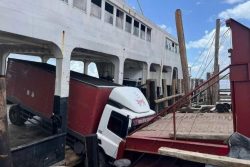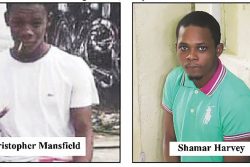PANAMA CITY,(Reuters) – CONCACAF’s former leaders Jack Warner and Chuck Blazer were slammed as “fraudulent in their management” of the soccer confederation’s affairs by the head of the regional body’s Integrity Committee yesterday.
David Simmons presented CONCACAF’s congress with a detailed report into allegations of financial mismanagement by former president Warner and ex-general secretary Blazer based on documents and interviews with 38 people.
“I have recounted a sad and sorry tale in the life of CONCACAF, a tale of abuse of position and power, by persons who assisted in bringing the organisation to profitability but who enriched themselves at the expense of their very own organisations,” said Simmons, a former Barbados chief justice.
Delegates responded angrily to the report with one describing Warner, who is Minister of National Security in the Trinidad and Tobago government, and American Blazer as “white collar thieves”.
The report found that Warner, 70, did not disclose to CONCACAF, which represents soccer in North and Central America and the Caribbean, or world body FIFA that a $25.9 million Centre of Excellence was built on land owned by his companies.
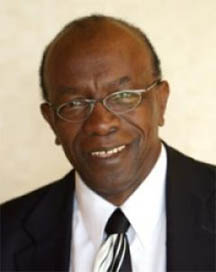
“Approximately $26 million of CONCACAF funds went into Centre of Excellence and that is no longer an asset of CONCACAF,” said Simmons.
CONCACAF is looking at legal options regarding the Centre.
NO CONTRACT

Simmons said the 67-year-old Blazer, who is standing down from FIFA’s executive committee and will be replaced by a vote at congress on Friday, received more than $20 million in compensation from CONCACAF, including $17 million in commission.
He added that Blazer worked without a contract from July 18, 1998 and his compensation was discussed only three times in CONCACAF forums during 21 years.
The report also found “no business reason” for the renting of apartments used by Blazer in Manhattan and said the American had also tried to buy property in the Bahamas, in 2007, for about $4 million using football funds.
The 67-year-old Blazer was described by Simmons as “entirely negligent” for failing to file income tax returns for CONCACAF in the United States which led to the body losing its tax-exempt status as a non-profit organisation.
Concluding his report, Simmons said the auditors used by CONCACAF during the Warner era, Trinidad-based Kenny Rampersad and Company, were not independent and cited documented proof that Warner and Blazer were clients of the firm.
Neither Warner nor Blazer were immediately available to comment. Both men have always previously denied any wrongdoing.
Warner walked away from soccer in 2011 and thus did not have to face a FIFA Ethics Commission inquiry relating to bribery allegations surrounding the body’s presidential election while Blazer resigned as general secretary in December that year.
The Integrity committee was not asked to look into the details of the ‘cash for votes’ affair that led to the row between Warner and Blazer and their subsequent departures.
HAVELANGE CENTRE
Simmons began his address to the congress, including FIFA president Sepp Blatter, by highlighting the case of the Joao Havelange Centre of Excellence in Port of Spain, Trinidad.
The Integrity Committee reported that the Centre in which CONCACAF invested at least $25.9 million, some of which included loans from FIFA, was built on land owned by Warner privately and not the confederation.
“Warner represented to FIFA that funds would be used to support development but never told FIFA that Centre would be situated on land owned by his companies,” said Simmons.
“There is no evidence that Warner or anyone else ever disclosed to the CONCACAF executive committee or congress that lands on which the Centre was built was owned by his companies,” he said.
Simmons said that in deals surrounding the Centre, Warner “deceived persons and organisations” into believing the facility was CONCACAF’s and not his.
Simmons said that neither Warner nor Blazer cooperated with the investigation.

